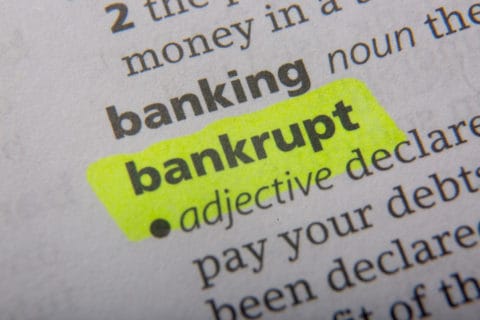A Look at How Chapter 7 Bankruptcy Works
If you are struggling under the burden of unpaid credit card or medical bills, the future can seem like a bleak place. However, filing for bankruptcy may be a viable option for many households to wipe away bad debt and start all over. Depending on your income and assets, you may file either Chapter 7 or Chapter 13 individual discharge petitions. This article explores the logistics of Chapter 7 bankruptcy.

Filing Petition
The first step to beginning a Chapter 7 action is to file a bankruptcy petition with your local federal court. This paperwork will outline your current income, outstanding loans, and assets, as well as any leases or other contractual agreements to which you may be a party. This petition can make or break your case, so consult a skilled bankruptcy attorney in your area to ensure that it is properly put together.
Appearing in Court
The second part of a Chapter 7 bankruptcy proceeding involves appearing in front of a judge to ask for a discharge of your overdue loans. Unlike a criminal case, this entire proceeding will focus only on your finances and ability to pay off your loans. A federal judge will preside over the trial and ask you a series of questions about the documents you submitted.
Debt Discharge
When the judge is satisfied with your answers to his or her questions, your unsecured debt will be formally discharged by an order of the court. This action wipes away credit cards, overdue medical bills, and any other outstanding loans you may not have been able to pay back. After a judge signs the discharge order, your former creditors will no longer be allowed to contact you to attempt to collect any remaining part of the debt.
Not all households qualify for Chapter 7, so it is important to speak with a local bankruptcy lawyer as soon as you begin considering this process. We have eight locations throughout the Chicago area and offer free consultations to all new clients.

